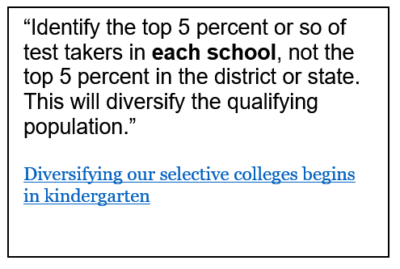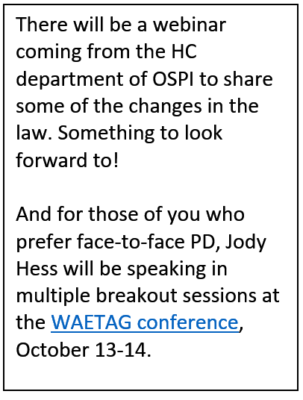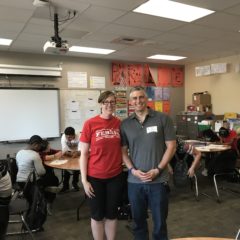There’s a special kind of efficiency that happens when we’re able to see overlaps and connections. It is very easy to look at all of the demands upon us and see them as discrete and separate elements on a never-ending to-do list, but there is tremendous power in the pursuit of coherence.
One example: Student Growth Goals, Professional Growth Goals and Data.
We know that by law we all have to write and monitor student growth goals. I’m lucky to be in a district and building that gives us as teachers ownership of our goals, so we are empowered to design and implement growth goals that are meaningful to our students…not just for checking a TPEP box or demonstrating our compliance. In addition to student growth goals, we also have our professional growth goals we are expected to develop. If you’re on the comprehensive “all eight” evaluation (like I am), that means a small group student growth goal, a whole class student growth goal, a collaboration goal, and a professional growth goal.
Imagine if all of these things could be focused in a way that any data I gather serves to monitor all of these goals.
Here’s how I’m attempting to achieve this coherence:

 Other information we have is
Other information we have is 




 I should be reading
I should be reading 
